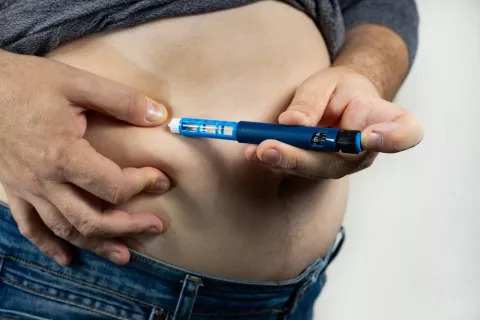Researchers from the University of Cincinnati and Case Western Reserve University (USA) have found that a drug called NVG-291-R helps in the repair of the nervous system and in functional recovery after a stroke, all of which has been demonstrated in tests done on animal models.
The research, published in the journal Cell Reports, is promising because to date there are no drugs approved by the US Food and Drug Administration (FDA) to repair the damage caused by a cerebrovascular accident, such as a stroke. , and the NVG-291-R could become the top of the list.
As explained by Dr. Agnes Yu Luo, lead author of the study, a significant improvement in motor function, sensory function, memory and spatial learning was found thanks to taking this medication. However, more independent studies are needed to know whether the drug would also be effective in repairing damage from ischemic strokes in human patients.
Two different pathways to repair brain damage
“The only current FDA-approved drug for stroke treatment does not repair damage and must be given within 4.5 hours of stroke onset. Most of the therapies that are being investigated need to be applied within 24 to 48 hours after the onset of the stroke. A product that works to repair the damage caused by stroke even a week after the onset of symptoms would change the paradigm for stroke treatment,” Luo explains.
If the effects of NVG-291-R are proven, this drug would be the first to repair stroke damage after 48 hours
According to Jerry Silver, co-author of the study, the research showed that the drug NVG-291-R was able to repair brain damage caused by a stroke through at least two ways, one is by creating new neural connections and another by improving the migration of newborn neurons derived from the neuronal stem to the place where it is from the damage.
“The ability of NVG-291-R to enhance plasticity was demonstrated using staining techniques that clearly showed an increase in axonal sprouting in the damaged part of the brain. This enhanced plasticity is an excellent validation of the same powerful mechanisms that we and other researchers were able to demonstrate using NVG-291-R in spinal cord injuries.”
.









